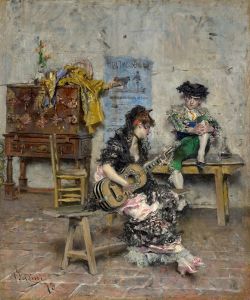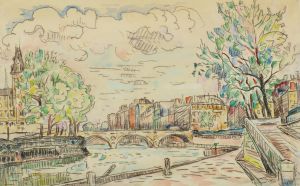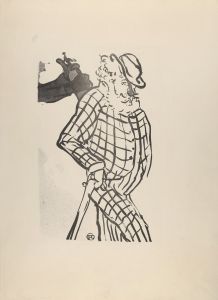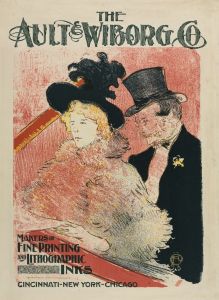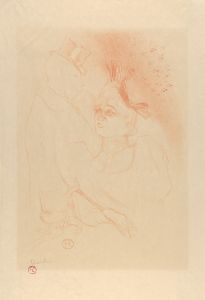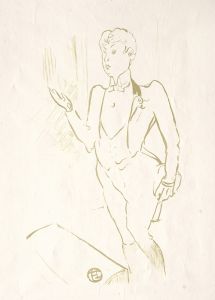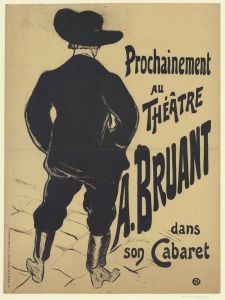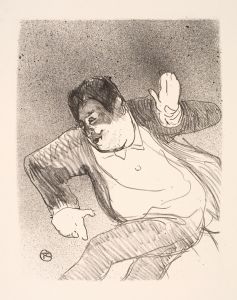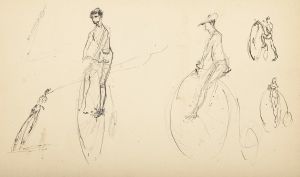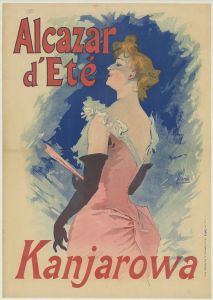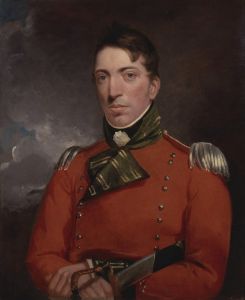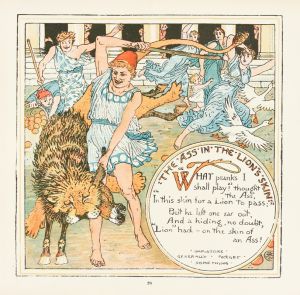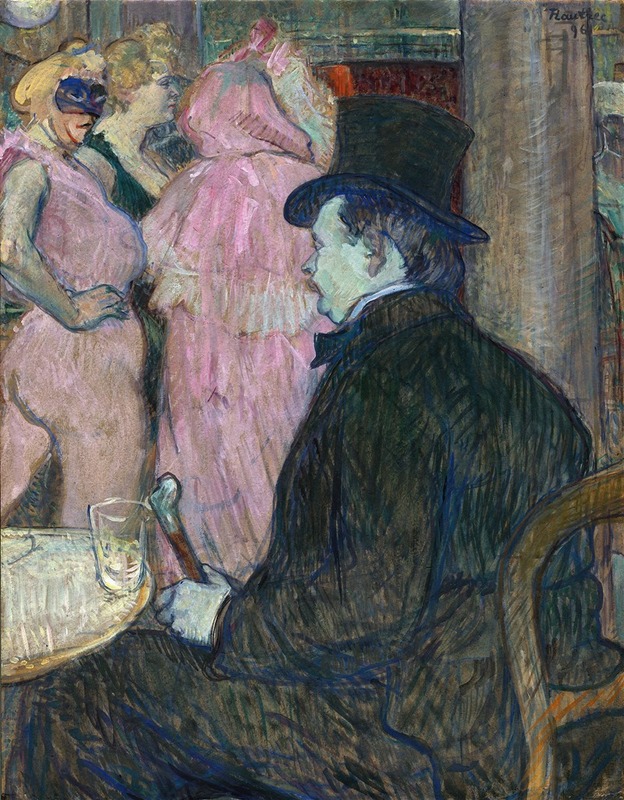
Maxime Dethomas
A hand-painted replica of Henri de Toulouse-Lautrec’s masterpiece Maxime Dethomas, meticulously crafted by professional artists to capture the true essence of the original. Each piece is created with museum-quality canvas and rare mineral pigments, carefully painted by experienced artists with delicate brushstrokes and rich, layered colors to perfectly recreate the texture of the original artwork. Unlike machine-printed reproductions, this hand-painted version brings the painting to life, infused with the artist’s emotions and skill in every stroke. Whether for personal collection or home decoration, it instantly elevates the artistic atmosphere of any space.
Henri de Toulouse-Lautrec, a renowned French painter and illustrator, created the portrait "Maxime Dethomas" during his prolific career in the late 19th century. Toulouse-Lautrec is best known for his depictions of Parisian nightlife, capturing the vibrant and often bohemian atmosphere of the Montmartre district. His works are characterized by their dynamic compositions, expressive line work, and keen observation of human behavior.
Maxime Dethomas, the subject of this painting, was a notable figure in the art world of Toulouse-Lautrec's time. Born in 1867, Dethomas was a French painter, illustrator, and set designer who became well-known for his contributions to the theatrical arts. He was a contemporary and friend of Toulouse-Lautrec, and their association was part of the broader network of artists and intellectuals in Paris at the time.
The portrait of Maxime Dethomas by Toulouse-Lautrec is an example of the artist's ability to capture the essence of his subjects with both sensitivity and insight. While specific details about the painting's creation, such as the exact date or location, are not widely documented, it is understood that Toulouse-Lautrec's portraits often reflected his personal relationships and interactions with the individuals he depicted.
Toulouse-Lautrec's technique in portraiture was distinctive. He often employed a loose, fluid style that emphasized the personality and character of his subjects over precise anatomical accuracy. This approach is evident in the portrait of Dethomas, where the focus is on conveying the sitter's demeanor and presence rather than adhering to strict realism. The use of bold lines and a limited color palette are typical of Toulouse-Lautrec's work, contributing to the immediacy and impact of his portraits.
The relationship between Toulouse-Lautrec and Dethomas was likely one of mutual respect and artistic exchange. Both artists were part of the avant-garde movement in Paris, which sought to challenge traditional artistic conventions and explore new forms of expression. Dethomas's own work in theater design and illustration would have resonated with Toulouse-Lautrec's interest in capturing the theatricality of everyday life.
While Toulouse-Lautrec's portraits often included elements of the sitter's environment or occupation, the focus in the portrait of Maxime Dethomas is primarily on the individual himself. This suggests a personal connection and an intention to highlight Dethomas's significance as an artist and friend.
Today, the portrait of Maxime Dethomas by Henri de Toulouse-Lautrec is appreciated not only for its artistic merit but also for its historical context. It serves as a testament to the vibrant artistic community in Paris during the late 19th century and the enduring legacy of Toulouse-Lautrec's work. As with many of Toulouse-Lautrec's portraits, it offers a glimpse into the lives and personalities of the people who shaped the cultural landscape of their time.





